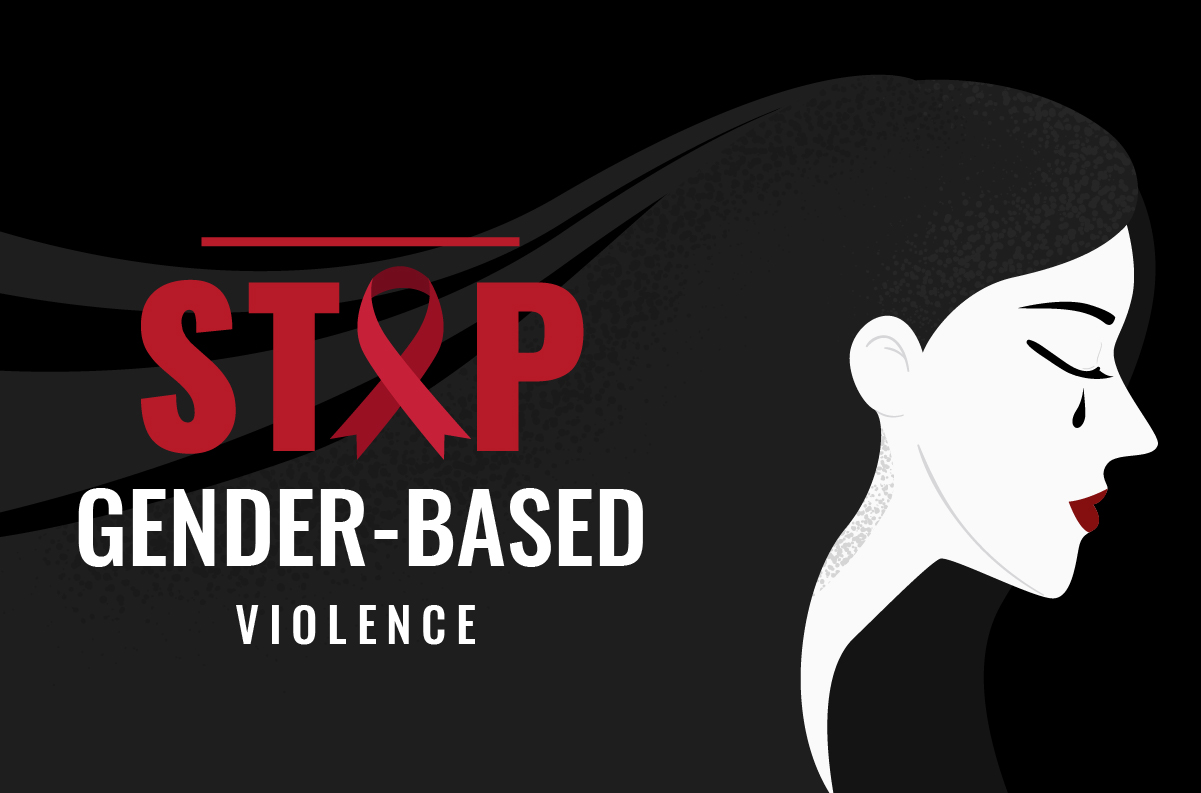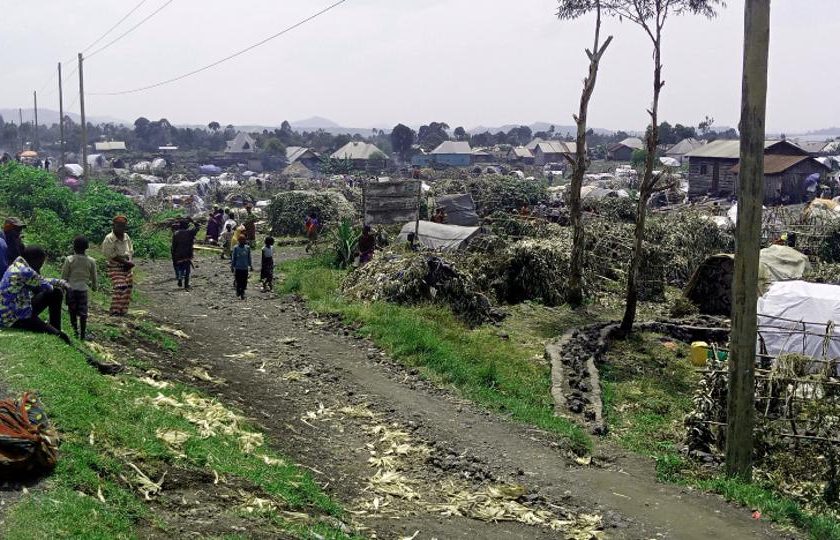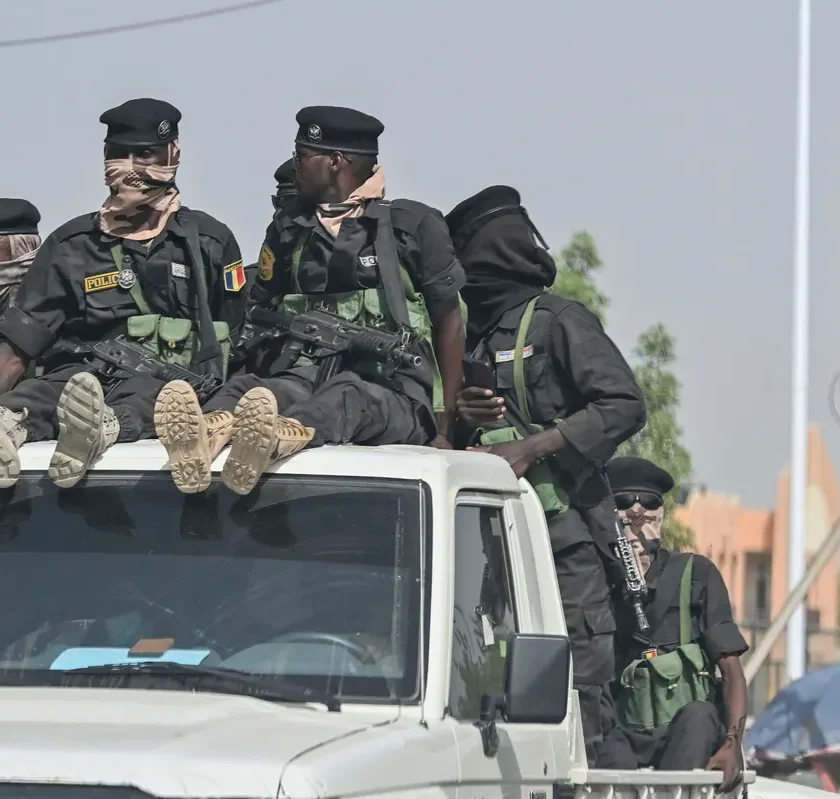Gender-based violence (GBV) remains one of the most pervasive human rights violations globally, affecting individuals regardless of age, race, ethnicity, and social or economic status.
Despite increased awareness and numerous international efforts to address it, GBV continues to be a significant global issue, with millions of people predominantly women and girls suffering from its devastating effects. The scale of GBV varies by region, but the impact is universally felt, hindering the achievement of gender equality and broader social progress.
Defining Gender-Based Violence
Gender-based violence refers to any harmful act that is perpetrated against an individual based on their gender. It includes physical, sexual, psychological, and economic abuse, often committed by intimate partners, family members, or strangers. GBV disproportionately affects women and girls, although men and boys can also be victims.
Common forms of GBV include domestic violence, sexual violence, human trafficking, child marriage, female genital mutilation (FGM), and harmful practices like honor killings and acid attacks.
Prevalence of GBV
Recent global statistics paint a troubling picture. According to the World Health Organization (WHO), approximately 1 in 3 women worldwide have experienced either physical or sexual violence, mostly by an intimate partner.
In addition, the United Nations estimates that 35% of women globally have experienced physical and/or sexual intimate partner violence or non-partner sexual violence in their lifetime.
These numbers reflect a widespread issue that transcends geographic, cultural, and socioeconomic boundaries. GBV is not just an individual issue but a systemic one, rooted in unequal power dynamics between genders, rigid social norms, and historical patterns of discrimination.
Global Trends and Regional Disparities
Conflict Zones and Humanitarian Crises In areas of conflict and crisis, the prevalence of GBV increases significantly. The breakdown of law and order during armed conflicts exacerbates the vulnerability of women and children, who are often subjected to sexual violence, forced marriages, and trafficking.
For instance, in conflict zones like Syria, the Democratic Republic of Congo (DRC), and South Sudan, sexual violence is used as a weapon of war, with mass rape being a common tactic.
Refugee camps and displaced persons often become hotbeds for GBV, as limited access to resources and security leaves individuals, particularly women and children, at risk of violence and exploitation.
The United Nations has called for more robust measures to address GBV in humanitarian settings, highlighting the urgent need for protective services, mental health support, and legal frameworks.
Economic and Social Inequalities In many parts of the world, gender-based violence is closely tied to economic dependency and social inequalities. Women and girls who lack financial independence or access to education are more likely to remain in abusive relationships or experience violence in their communities.
Patriarchal norms that restrict women’s freedom and opportunities for advancement further fuel GBV, as seen in many parts of South Asia, Sub-Saharan Africa, and Latin America.
In these regions, factors such as unemployment, poverty, lack of access to healthcare, and insufficient legal protections exacerbate GBV. Women are often reluctant to report violence due to fear of stigmatization, retribution, or lack of support from authorities.
Urbanization and Changing Social Structures In rapidly urbanizing regions, such as parts of Asia and Africa, gender-based violence is increasingly linked to shifts in social structures. Migration from rural to urban areas, economic instability, and changing family dynamics create conditions that can exacerbate GBV. In urban environments, women may face a higher risk of street harassment, trafficking, and domestic violence, especially when living in informal settlements where law enforcement is weak.
Developed Nations: Underreporting and Institutional Gaps Even in more developed countries, gender-based violence remains a persistent issue, though often underreported. In North America, Europe, and Oceania, while public awareness and legal frameworks may be stronger, challenges remain.
Victims may fear retaliation, face legal obstacles, or encounter social stigmas that prevent them from coming forward. The #MeToo movement, which gained prominence in 2017, highlighted the prevalence of sexual harassment and violence in the workplace and other spheres of life in these regions.
In addition, there are concerns about how marginalized communities, including ethnic minorities, indigenous groups, and LGBTQ+ individuals, face higher risks of GBV yet remain underserved by current systems of support and justice.
COVID-19 Pandemic: A Surge in Gender-Based Violence
The COVID-19 pandemic has had a profound impact on the incidence of gender-based violence. Lockdowns, economic instability, and social isolation have trapped many survivors of domestic violence in unsafe environments, with reduced access to shelters, legal aid, and counseling services.
The UN reported a significant rise in cases of domestic violence during the pandemic, with a 25% global increase in calls to domestic violence helplines in many countries.
The pandemic also led to disruptions in essential services for survivors, including healthcare, law enforcement, and judicial systems. In many places, resources that would typically address the needs of survivors were diverted to pandemic response efforts, leaving vulnerable populations without necessary support.
International Efforts and Progress
Global efforts to combat GBV have seen some progress, but the issue remains widespread. The UN’s Sustainable Development Goal 5 (SDG 5) emphasizes achieving gender equality and empowering all women and girls, including the elimination of all forms of violence against them.
International treaties and agreements, such as the Istanbul Convention in Europe, have set frameworks for legal reforms and protections against GBV.
Several countries have introduced or strengthened laws to criminalize domestic violence, sexual harassment, and trafficking, and support services such as hotlines, shelters, and counseling centers have been expanded.
However, enforcement of these laws remains a challenge, and cultural barriers, alongside the persistence of gender inequality, continue to impede progress.
The Way Forward
To address the pervasive issue of GBV, comprehensive and sustained efforts are required at multiple levels. Governments must enforce and expand laws to protect victims and hold perpetrators accountable. Public awareness campaigns, education about gender equality, and community-based interventions are essential to shift societal attitudes toward violence.
At the same time, international cooperation is crucial, especially in conflict zones and humanitarian emergencies. Civil society organizations and grassroots groups play a vital role in providing frontline support, advocating for policy changes, and amplifying the voices of survivors.
Gender-based violence is a global crisis that requires urgent attention and action. While significant progress has been made, the scale of the problem means that much more needs to be done.
It is not just a women’s issue but a societal issue that affects everyone. By addressing the root causes of GBV, including gender inequality and harmful social norms, and ensuring robust legal frameworks, it is possible to create a safer, more equitable world for all.
BY UWERA Christine






